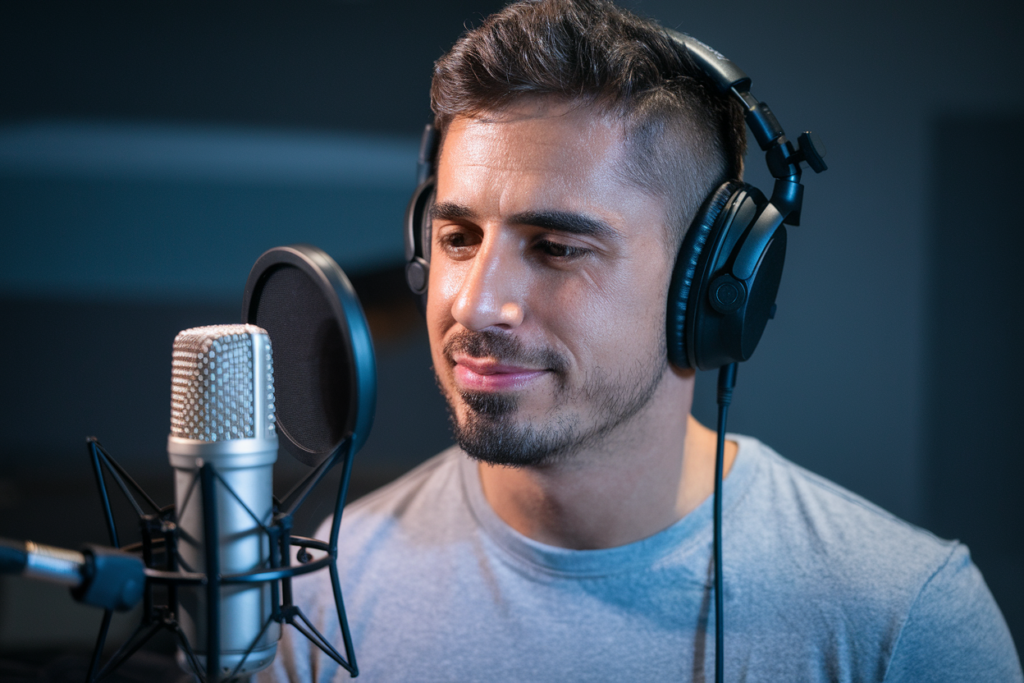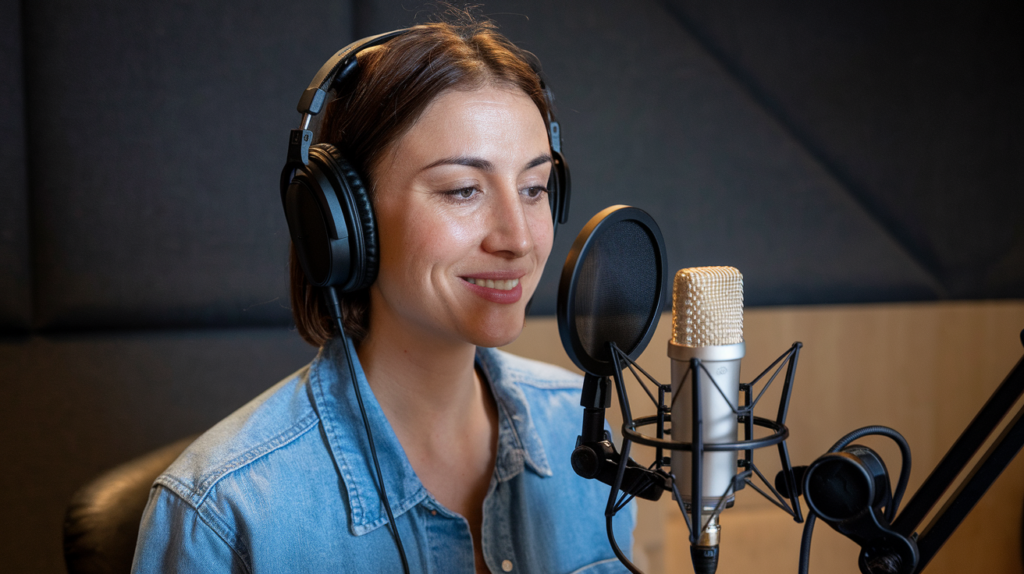As I dive into the fascinating world of linguistic and cultural adjustment to Galician, I’m struck by how language shapes identity. Galician isn’t just a means of communication; it’s a vibrant expression of history, culture, and community. Understanding its nuances is essential for anyone looking to connect deeply with this unique region in Spain.
In my exploration, I’ll uncover the challenges and triumphs that come with embracing Galician language and culture. From navigating dialectal differences to appreciating local traditions, adjusting to Galician life enriches our experiences and fosters meaningful connections. Join me as we unravel the layers of this beautiful language and its significance in today’s multicultural landscape.
Overview of Ajuste Linguistico y Cultural al Gallego
Ajuste linguistico y cultural al gallego refers to the adaptation process individuals undergo when integrating into the Galician linguistic and cultural environment. This adjustment involves several key aspects:
- Language Proficiency: Mastering the Galician language is essential for effective communication within local communities. Engaging with native speakers enhances fluency and understanding of regional dialects.
- Cultural Awareness: Understanding Galician customs, traditions, and values fosters a deeper connection to the community. Familiarity with local festivals, gastronomy, and folklore enriches one’s experience.
- Social Integration: Building relationships with locals promotes social cohesion. Participation in community events and activities creates opportunities for interaction and collaboration.
- Educational Resources: Accessing language courses and cultural workshops facilitates learning about both the language and its context. Various institutions offer resources tailored to different proficiency levels.
- Historical Context: Recognizing the historical significance of Galician identity deepens appreciation for its linguistic heritage. Exploring literature, music, and art from Galicia provides insights into its evolution.
- Support Networks: Connecting with organizations that promote Galician culture aids in navigating challenges faced during adjustment. These networks often provide mentorship and guidance to newcomers.
Understanding these components ensures a smoother transition into speaking Galician while embracing its rich cultural backdrop.
Historical Context
The historical context of the Galician language reveals its evolution and cultural significance within Spain. Understanding these elements is crucial for anyone navigating the linguistic landscape of Galicia.
Evolution of the Gallego Language
Gallego, a Romance language derived from Latin, evolved during the Middle Ages alongside Portuguese. Its early forms were influenced by local dialects and interactions with neighboring languages. By the 12th century, Gallego emerged as a distinct literary language, evidenced in medieval texts like “Cantar de los Cantares.” The language experienced decline during the Spanish Civil War (1936-1939), facing suppression under Franco’s regime. Since Spain’s transition to democracy in 1978, revitalization efforts have led to increased recognition and use in education and media.
Cultural Significance of Gallego
Gallego serves as a vital marker of identity for many communities in Galicia. It embodies unique traditions, folklore, and expressions that define regional culture. Festivals like “Festa do Marisco” celebrate not only culinary heritage but also foster social cohesion through shared linguistic practices. Literature written in Gallego captures local experiences and stories that resonate with both speakers and learners alike. This cultural richness underscores the importance of preserving Galician as a living language tied closely to community identity and pride.
Current Challenges
The adaptation to the Galician linguistic and cultural environment faces several challenges. These obstacles impact language preservation and societal attitudes towards Gallego.
Language Preservation Efforts
Language preservation efforts for Gallego encounter multiple hurdles. Educational institutions often lack adequate resources, limiting students’ access to quality instruction in the language. Government initiatives may not sufficiently promote its use in public spheres, leading to diminished visibility. Additionally, younger generations frequently gravitate towards Spanish or English due to perceived social advantages, which weakens intergenerational transmission of Galician. Community organizations strive to create immersive experiences through workshops and cultural events, yet funding constraints hinder their effectiveness.
Societal Attitudes Towards Gallego
Societal attitudes towards Gallego present another significant challenge. Some individuals perceive it as a regional dialect rather than a distinct language, undermining its status and importance. Urban areas often prioritize Spanish dominance, while rural communities maintain stronger ties to Galician traditions. Media representation of the language varies; although some outlets promote its use, others marginalize it by favoring Spanish content. This discrepancy influences public perception and can discourage individuals from embracing their linguistic heritage fully.
Strategies for Adjustment
I focus on several effective strategies to facilitate adjustment to the Galician linguistic and cultural environment. These strategies include educational initiatives and community engagement, both crucial for promoting successful integration.
Educational Initiatives
I recognize the importance of quality educational resources in mastering Galician. Schools should incorporate immersive language programs that emphasize conversational skills, grammar, and vocabulary. Language courses offered by universities or community centers can provide structured learning environments. Additionally, employing native speakers as instructors enhances instruction authenticity and effectiveness.
Online platforms also serve as valuable tools for self-paced learning. Interactive apps and websites offer lessons tailored to various proficiency levels, making it easier for individuals to practice at their convenience. Providing bilingual materials—books, videos, and podcasts—further enriches language acquisition while fostering familiarity with Galician culture.
Community Engagement
I believe that active participation in local communities significantly aids adjustment to Galician culture. Engaging in cultural events such as traditional festivals or workshops helps individuals connect with locals while experiencing authentic customs firsthand. Joining clubs focused on regional crafts or culinary traditions encourages skill development alongside social interaction.
Volunteering opportunities within local organizations can foster connections with native speakers while contributing positively to the community. Participating in conversation exchanges offers practical experience speaking Galician in a supportive environment, enhancing fluency through real-life practice.
Establishing support networks among newcomers promotes shared experiences and mutual assistance during the adjustment process. By building relationships within these networks, individuals can navigate challenges more effectively while embracing their new linguistic landscape.
Impact of Language Adjustments
Language adjustments significantly reshape personal and communal identities while driving regional development in Galicia.
Effects on Identity
Adapting to the Galician language fosters a deeper connection to local identity. Individuals who embrace Gallego often experience enhanced cultural pride, which strengthens community bonds. Speaking the language allows for richer interactions with locals, creating a sense of belonging. For many, fluency in Gallego is not just about communication; it’s an expression of their heritage and values, further solidifying their place within the community. Those who engage with local traditions through language find themselves more integrated into social networks that celebrate shared history and experiences.
Influence on Regional Development
Language adjustments also play a crucial role in regional development. By promoting Gallego as a medium for education and business, communities can stimulate economic growth while preserving cultural assets. Local businesses that incorporate Galician in branding and customer engagement attract both residents and tourists interested in authentic experiences. Educational initiatives focusing on Gallego encourage the younger generation to appreciate their linguistic heritage, ensuring its continuity for future generations. As awareness grows around the importance of language preservation, government policies may evolve to provide more resources supporting teaching methods that emphasize bilingualism, thereby enhancing both social cohesion and economic vitality across Galicia.
Conclusion
Embracing the Galician language and culture is more than just learning a new way to communicate. It’s about connecting with a rich history and vibrant community that shapes identity. As I navigate this journey, I’ve seen firsthand how mastering Gallego opens doors to deeper relationships and understanding of local customs.
The path may come with challenges but it also offers immense rewards. By actively engaging in cultural events and seeking support from fellow learners, I’ve found a sense of belonging that enhances my experience in Galicia. This adjustment isn’t just personal; it’s an opportunity to contribute to the preservation of a unique linguistic heritage for future generations.








